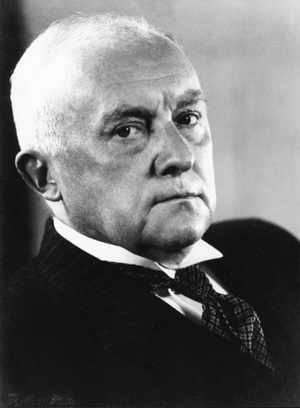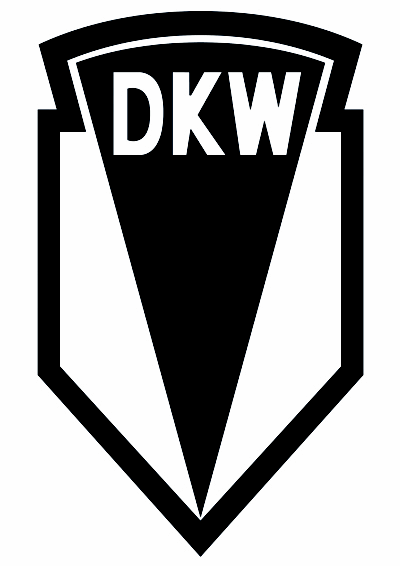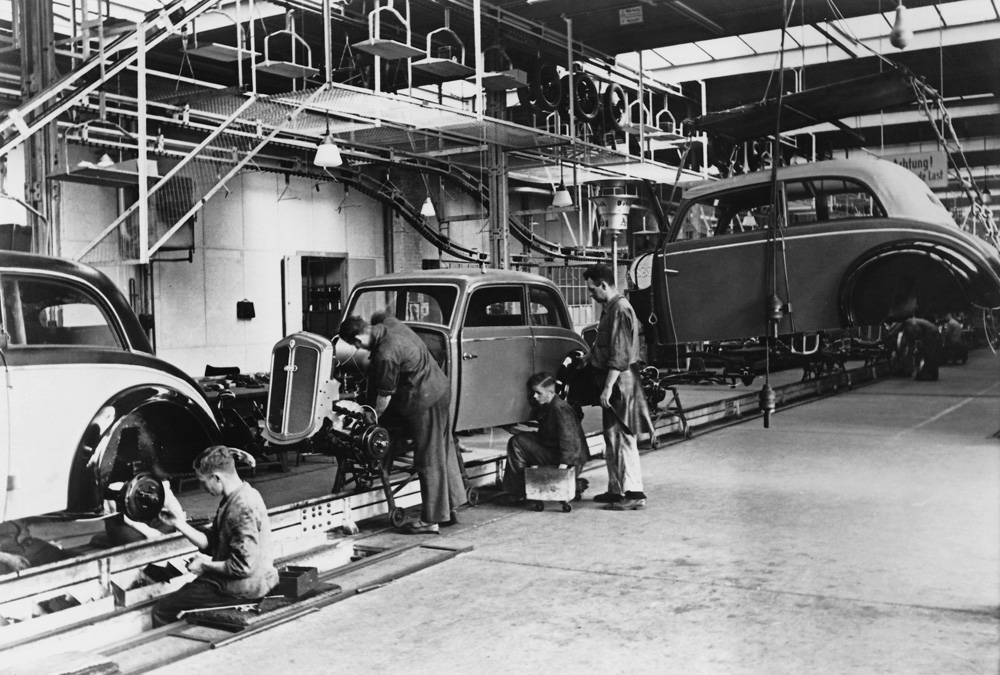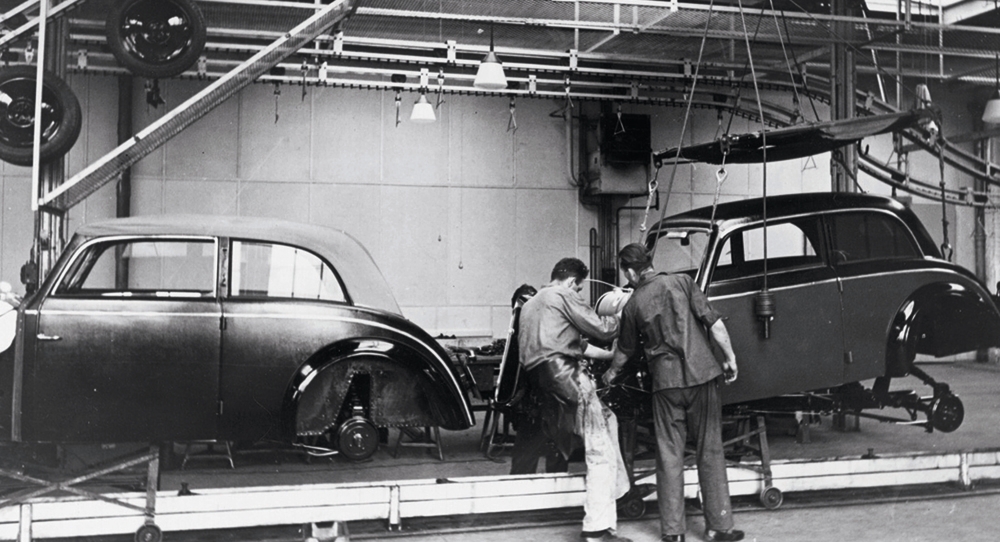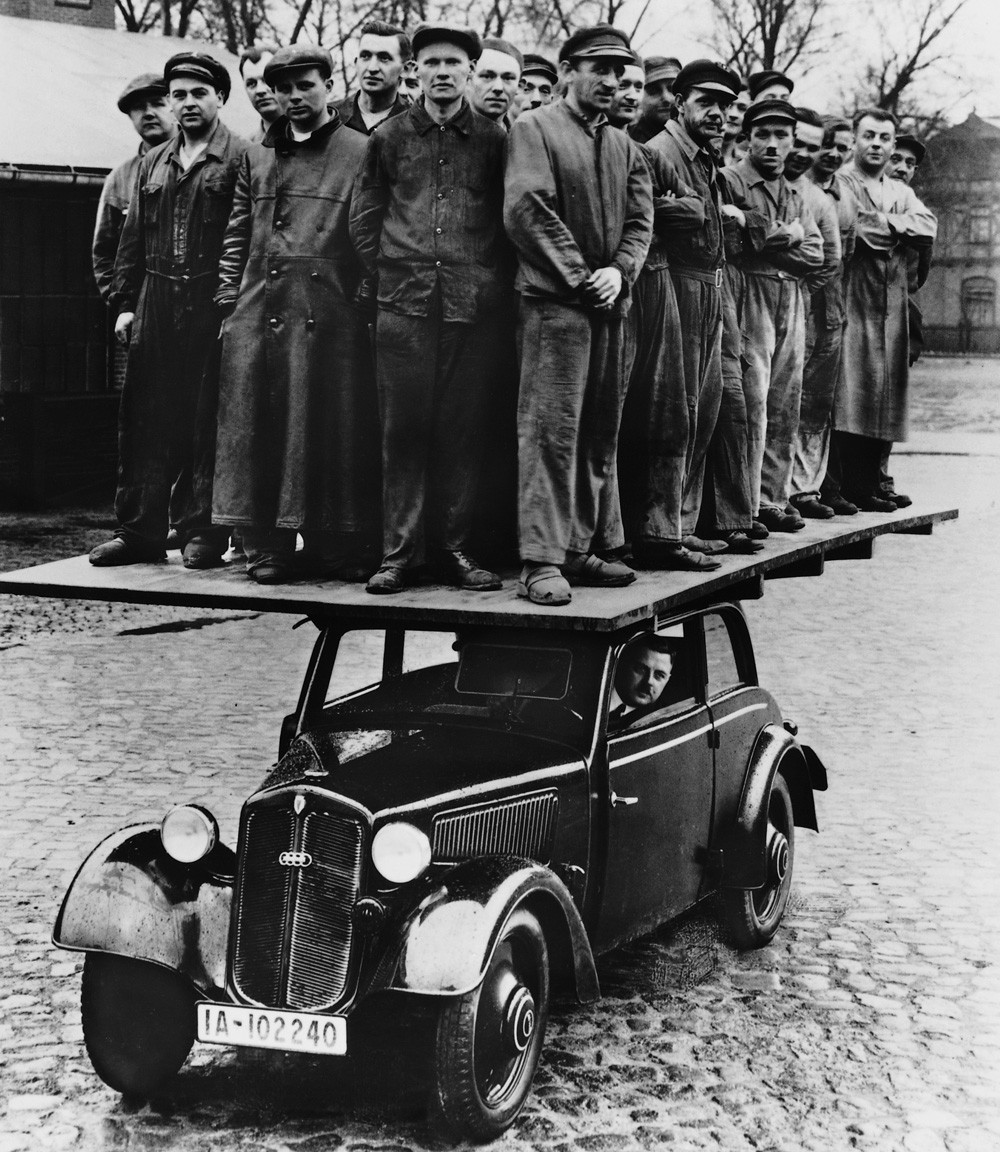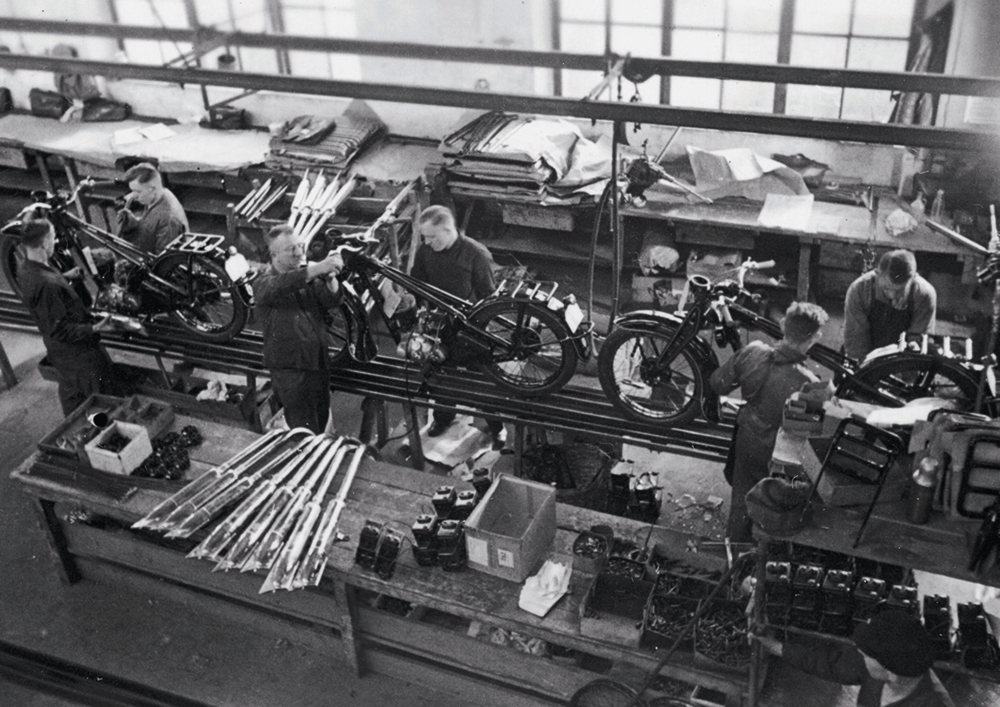|
|
|
|
|
|
|
Rasmussen was one of the key figures in the founding of Auto Union AG and was a member of its board between 1932 and 1934. However, irreconcilable differences over management tasks prompted Rasmussen to leave Auto Union AG in 1935. After the Second World War he returned to Denmark where he died in Copenhagen on 12 August 1964. Rasmussen was innovative in several respects with his DKW brand. DKW entered the market at a time when the competition was long since established and succeeded in appealing to the emotions of customers and dealers alike. With brilliantly simple and sturdy products, DKW in particular made it possible for broad sections of the population to become mobile. Encouraged by clever advertising strategies and highly attractive instalment payment models, customers started to trust in the brand that they were also to remain faithful to after the war – although there were no new DKW products for years to come. Take Photo Tour of DKW Automobiles Dates in the history of DKW
Production of DKW cars with front-wheel drive, 1937 (Type F7). The DKW "Fronts" were built at Audi`s Zwickau plant
The wooden bodies for the DKW models were built in Berlin-Spandau In Spandau, the wooden bodies covered with imitation leather were produced for the DKW Front vehicles. Final assembly subsequently took place in Zwickau where the chassis and engines were built.
Central Testing Facility - wooden DKW bodies could withstand a great load
At the end of the 30s, DKW was the largest motorcycle manufacturer in the world (1917-1939) Next Page >> History of AUDI | Horch | DKW | Wanderer
|
|
Home < Audi < Audi Cars < Audi History
|
